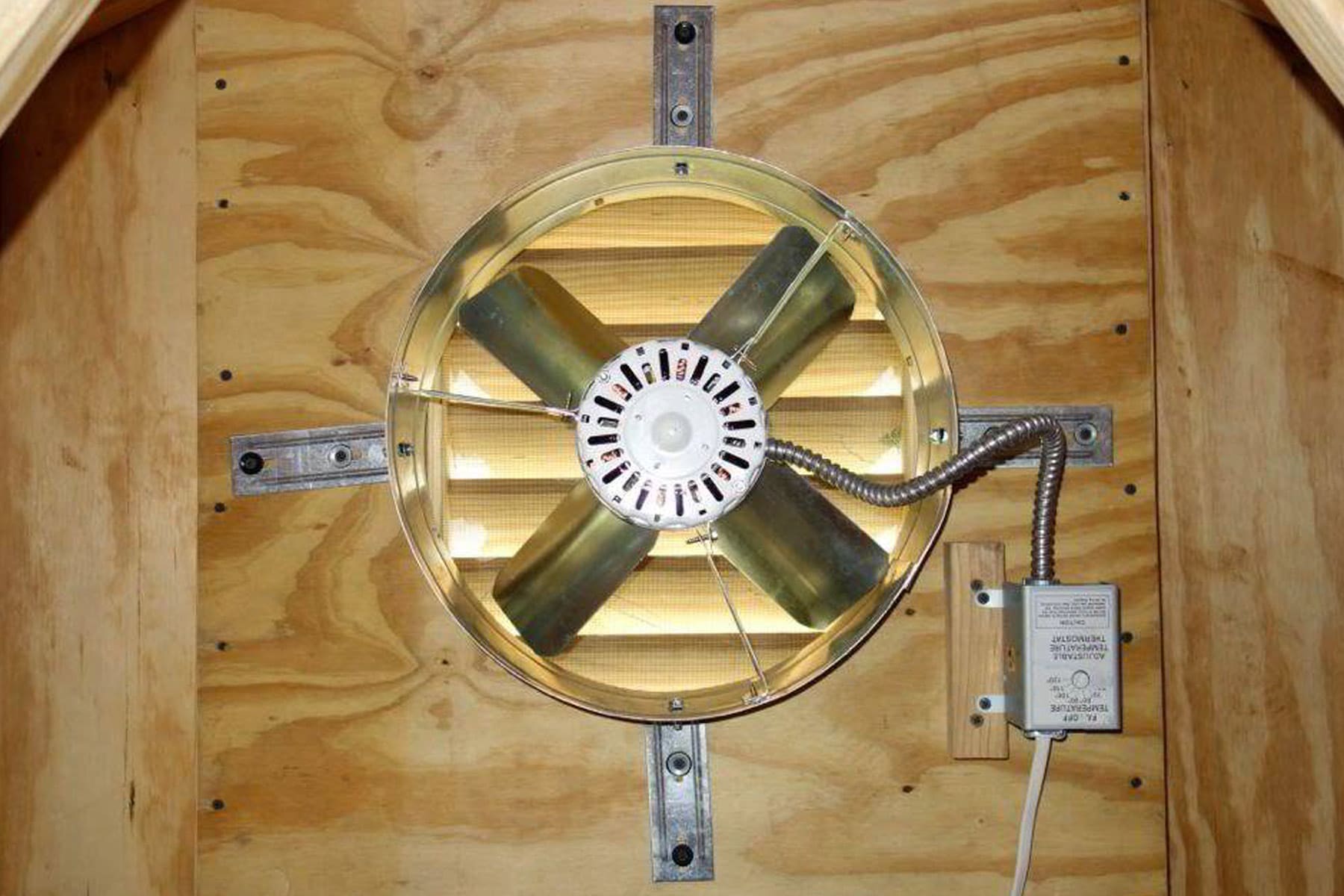

Articles
How To Fix An Attic Fan
Modified: October 20, 2024
Looking for articles on how to fix an attic fan? Our comprehensive guide provides step-by-step instructions to help you troubleshoot and repair your attic fan.
(Many of the links in this article redirect to a specific reviewed product. Your purchase of these products through affiliate links helps to generate commission for Storables.com, at no extra cost. Learn more)
Introduction
Attic fans play a crucial role in maintaining a comfortable and energy-efficient home. They help to regulate the temperature in your attic, preventing heat buildup and reducing strain on your HVAC system. However, like any mechanical device, attic fans can sometimes encounter issues and fail to function properly. If you suspect that your attic fan is not working as it should, it’s important to address the problem promptly.
In this article, we will guide you through the process of diagnosing and fixing common problems with attic fans. Whether your attic fan is making strange noises, not turning on, or simply not providing sufficient ventilation, we’ll provide step-by-step instructions to help you resolve the issue.
Before we delve into the troubleshooting process, it’s important to have a basic understanding of how attic fans work. Attic fans are typically installed in the roof or gable of a house, allowing hot air to be expelled from the attic space. This not only helps to cool the attic but also prevents the heat from radiating down into the living areas of your home. Attic fans can be powered by electric motors or solar panels, and they are controlled by a thermostat that triggers the fan to turn on when the temperature reaches a certain threshold.
Now, let’s explore the common signs that indicate your attic fan may have a problem.
Key Takeaways:
- Properly maintaining and fixing your attic fan is crucial for a comfortable and energy-efficient home, preventing heat buildup, moisture damage, and costly repairs.
- By understanding the signs of a faulty attic fan, prioritizing safety, and following a step-by-step repair guide, you can enjoy benefits such as improved energy efficiency, enhanced home comfort, and prolonged roof lifespan.
Read more: How to Install an Attic Fan
Understanding Attic Fans
Attic fans are an essential component of the ventilation system in your home. They help to remove hot air and moisture from the attic, preventing the build-up of heat and humidity that can cause damage to the roof and insulation. Additionally, proper attic ventilation can improve the overall energy efficiency of your home and reduce the strain on your cooling system.
There are two main types of attic fans: powered attic fans and solar attic fans. Powered attic fans are electrically powered and are commonly installed in the roof or gable of a house. These fans rely on electricity to operate and are controlled by a thermostat that turns the fan on or off based on the attic temperature.
Solar attic fans, on the other hand, are powered by the sun’s energy. They have solar panels installed on the roof or exterior wall of the house, which convert sunlight into electricity to power the fan. Solar attic fans are ideal for eco-conscious homeowners as they utilize renewable energy and do not require any additional electrical wiring.
Attic fans are designed to pull fresh air into the attic through soffit vents or other openings, and exhaust the hot air out of the attic. This continuous airflow helps to maintain a balanced temperature and humidity level in the attic, preventing the formation of mold, mildew, and ice dams. Proper attic ventilation also helps to extend the lifespan of the roofing materials and reduce the risk of structural damage.
It’s important to note that attic fans should not be used as a substitute for proper attic insulation. In fact, having sufficient insulation in your attic is essential to ensure energy efficiency and prevent heat transfer between the attic and living spaces. Attic fans work best in conjunction with proper insulation and ventilation, creating a comprehensive system that keeps your attic cool and dry.
Now that we have a better understanding of what attic fans are and how they function, let’s explore some common signs that indicate a faulty attic fan.
Signs of a Faulty Attic Fan
A well-functioning attic fan is vital for maintaining proper attic ventilation and preventing issues such as heat buildup, moisture damage, and reduced energy efficiency. However, there are several signs that indicate your attic fan may be faulty or in need of repair. By recognizing these signs early on, you can take the necessary steps to address the problem and ensure the effective operation of your attic fan. Here are some common signs to watch out for:
- Loud or unusual noises: If you notice your attic fan producing excessive noise, such as grinding, rattling, or screeching sounds, it could indicate a problem with the fan motor, blade alignment, or loose components. It’s important to investigate and fix these issues promptly to prevent further damage or complete fan failure.
- Failure to turn on: If your attic fan fails to turn on when the attic temperature rises, it could be due to a malfunctioning thermostat, faulty wiring, or a burnt-out motor. Inspect the electrical connections and components to identify the source of the problem and make the necessary repairs or replacements.
- Inadequate ventilation: If you notice that your attic is excessively hot or humid, despite having an attic fan installed, it could indicate poor fan performance or insufficient ventilation capacity. This could be due to a clogged fan, blocked vents, or improper fan sizing. Properly assess the ventilation system and make any necessary adjustments or repairs.
- Excessive energy consumption: If you notice a sudden increase in your energy bills without any other obvious causes, it could be a sign that your attic fan is not functioning efficiently. An improperly functioning attic fan may draw more power than necessary, leading to higher energy consumption. Addressing the issue and optimizing the fan’s performance can help restore energy efficiency and reduce costs.
- Inconsistent temperature control: If you experience inconsistent temperature levels in your home, even when your attic fan is operating, it could indicate a problem with the fan’s operation or placement. Inadequate airflow or improper installation may result in difficulties in controlling the temperature, leading to discomfort and reduced energy efficiency.
By staying vigilant and being aware of these signs, you can identify any issues with your attic fan early on and take the necessary steps to fix them. In the next section, we will discuss how to assess the problem and determine the best course of action to repair your attic fan.
Assessing the Problem
When it comes to fixing a faulty attic fan, the first step is to assess the problem. Assessing the problem involves identifying the specific issue that is causing the fan to malfunction. By understanding the root cause of the problem, you can determine the appropriate steps to take in order to fix it. Here are some key areas to assess:
- Physical inspection: Begin by visually inspecting the attic fan. Check for any obvious signs of damage, such as bent blades, loose wires, or debris obstructing the fan. Additionally, examine the fan motor and housing to ensure they are in good condition. This physical inspection can often reveal immediate issues that can be easily resolved.
- Electrical connections: Examine the electrical connections for any signs of damage or loose wires. Faulty wiring or poor connections can prevent the fan from functioning properly. Make sure all connections are secure and free from corrosion or damage. If you identify any wiring issues, they will need to be repaired or replaced.
- Fan motor: The fan motor is a critical component of the attic fan. Check if the motor is running smoothly or if it is making any unusual noises. A motor that is not functioning properly may need to be repaired or replaced.
- Thermostat: The thermostat is responsible for activating the attic fan when the temperature reaches a certain level. Ensure that the thermostat is set correctly and functioning properly. If the thermostat is not working as intended, it may need to be recalibrated or replaced.
- Ventilation system: Evaluate the overall ventilation system in your attic, including the intake vents, exhaust vents, and ductwork. Make sure that the ventilation system is clear of any obstructions, such as debris or animal nests, as these can impede proper airflow and fan performance.
By thoroughly assessing these areas and identifying the specific problem, you will be better equipped to address the issue effectively. In the next section, we will outline the tools and materials you will need to fix your attic fan.
Tools and Materials Needed
Before you begin repairing your faulty attic fan, it’s important to gather the necessary tools and materials. Having the right equipment on hand will allow for a smoother and more efficient repair process. Here is a list of commonly needed tools and materials:
- Screwdriver set: A set of screwdrivers with various sizes and types (such as Phillips and flathead) will be needed to access and remove screws and panels on the attic fan.
- Adjustable wrench: An adjustable wrench will come in handy for loosening or tightening nuts and bolts during the repair process.
- Wire strippers: If you need to work on the electrical connections, wire strippers are essential for removing insulation from the wires and making proper connections.
- Multimeter: A multimeter is a useful tool for testing electrical connections, checking voltage, and troubleshooting any electrical issues with your attic fan.
- Replacement parts: Depending on the problem you have identified, you may need to purchase replacement parts for your attic fan. This can include items such as a new fan motor, thermostat, wiring, or blades. Be sure to research and find the appropriate replacement parts for your specific model.
- Cleaning supplies: If your attic fan is clogged with dirt, dust, or debris, you may need cleaning supplies such as a vacuum cleaner, brush, or compressed air canister to remove the blockages and ensure proper airflow.
- Safety equipment: Don’t forget to prioritize safety during the repair process. Gloves, safety goggles, and a dust mask are recommended to protect yourself from any potential hazards.
Prior to starting any repairs, it’s a good idea to consult the manufacturer’s instructions for your specific attic fan model. These instructions may provide additional guidance on troubleshooting and repairing your fan.
Once you have gathered all the necessary tools and materials, you’ll be ready to move on to the step-by-step guide for fixing your attic fan, which we will cover in the next section.
Read more: How Much Is An Attic Fan
Step-by-Step Guide to Fixing an Attic Fan
Repairing a faulty attic fan requires a systematic approach to ensure a successful outcome. By following this step-by-step guide, you’ll be able to identify and resolve the problem with your attic fan. Please note that the specific steps may vary depending on the type and model of your attic fan. Always refer to the manufacturer’s instructions for guidance. Here is a general guide to help you fix your attic fan:
- Turn off the power: Before starting any repair work, ensure that the power to the attic fan is turned off. This can be done by switching off the circuit breaker that supplies electricity to the fan.
- Remove the access panel: Use the appropriate screwdriver to remove the access panel or cover of the attic fan. This will allow you to gain access to the internal components.
- Inspect the fan motor: Visually inspect the fan motor for any signs of damage or wear. Look for loose wiring, burnt-out components, or excessive dirt and debris. If any issues are found, you may need to replace the fan motor or make the necessary repairs.
- Check the thermostat: Take a close look at the thermostat and ensure it is functioning correctly. Test the thermostat by adjusting the temperature settings and verifying that the fan activates when the temperature exceeds the desired threshold. If the thermostat is faulty, it may need to be recalibrated or replaced.
- Clean the fan blades and housing: If there is a significant build-up of dirt or debris on the fan blades or inside the housing, use appropriate cleaning tools (such as a vacuum or brush) to remove the obstructions. This will help improve the fan’s performance and airflow.
- Inspect and repair electrical connections: Carefully examine the electrical connections and ensure they are secure and free from damage. If any wires are loose or damaged, use wire strippers to remove the affected section and make a clean connection. If necessary, replace any faulty wiring or connectors.
- Reassemble and test: Once you have completed the necessary repairs and maintenance, reassemble the attic fan by replacing the access panel or cover. Turn the power back on and test the fan to ensure it is functioning properly. Listen for any unusual noises and verify that the fan turns on and off as expected.
If, after following these steps, your attic fan continues to exhibit problems or does not function properly, it may be best to consult a professional HVAC technician or electrician for further assistance.
Now that you have successfully repaired your attic fan, let’s move on to the next section, where we will discuss some important safety precautions to keep in mind during the repair process.
Make sure the power to the attic fan is turned off before attempting any repairs. Check for any obstructions in the fan blades and clean them if necessary. If the fan motor is not working, it may need to be replaced.
Safety Precautions
When working on any electrical or mechanical equipment, it is important to prioritize safety to prevent accidents and injuries. Repairing an attic fan involves handling electricity and moving parts, so it is crucial to take the necessary precautions. Here are some key safety measures to keep in mind:
- Turn off the power: Always turn off the power to the attic fan before beginning any repair work. This can be done by switching off the circuit breaker that supplies electricity to the fan. This helps to prevent the risk of electric shock.
- Use proper protective equipment: Wear safety goggles, gloves, and a dust mask to protect yourself from any potential hazards. This is especially important when working with sharp tools, cleaning agents, or insulation materials.
- Follow manufacturer’s instructions: Read and carefully follow the manufacturer’s instructions for your specific attic fan model. These instructions often include important safety information and specific guidelines for repair and maintenance.
- Avoid fan blades: Be cautious when working near the fan blades or motor. Ensure the power is off and the blades have come to a complete stop before attempting any repairs. Mishandling the blades can cause injuries or damage to the fan.
- Check for hot surfaces: Before touching any component of the attic fan, check for hot surfaces. The fan motor, housing, or electrical connections may become hot during operation and can cause burns or injuries. Allow sufficient time for the fan to cool down before working on it.
- Do not overload the circuit: Avoid overloading the circuit that supplies electricity to the attic fan. Ensure that the electrical system can handle the power requirements of the fan to prevent electrical malfunctions or fires.
- Seek professional assistance if needed: If you are not confident in your ability to safely repair the attic fan or if you encounter complex electrical issues, it is best to consult a qualified HVAC technician or electrician. They have the knowledge and experience to handle the repair safely.
By following these safety precautions, you can minimize the risks associated with repairing your attic fan and ensure a safe working environment.
Next, let’s move on to the testing phase, where we will guide you on how to test the repaired attic fan and ensure it is functioning correctly.
Testing the Attic Fan
After completing the repairs and maintenance on your attic fan, it’s essential to test the fan to ensure it is functioning properly. Testing allows you to verify that the repairs have been successful and that the fan is operational. Here are the steps to properly test your attic fan:
- Restore power: Turn on the electrical power to the attic fan by switching on the circuit breaker. Make sure the fan is connected to a dedicated circuit and that the circuit can handle the fan’s power requirements.
- Adjust the thermostat: Set the thermostat to a higher temperature than the current attic temperature. This will trigger the fan to turn on and start its cooling operation.
- Listen for normal operation: As the attic fan starts running, listen for any unusual noises. The fan should operate smoothly without any grinding, squeaking, or rattling sounds. Unusual noises may indicate a problem with the repairs or additional issues that need to be addressed.
- Check for proper airflow: Position yourself near the attic fan’s exhaust location and feel for the airflow. If the repairs were successful, you should feel a noticeable air movement. This indicates that the fan is effectively pulling out hot air from the attic and providing proper ventilation.
- Verify temperature control: Monitor the temperature in the attic and observe if the fan turns on and off according to the set threshold on the thermostat. The fan should activate when the temperature rises above the set limit and turn off when it reaches the desired level. This demonstrates that the thermostat is functioning properly.
- Observe fan operation over time: Keep an eye on the attic fan’s operation for a few days, especially during hotter and more humid periods. Monitor the temperature in the attic and ensure that the fan is maintaining a balanced and comfortable environment. If any issues arise, such as the fan not turning on or inadequate cooling, further troubleshooting may be required.
If, after testing, you notice any problems or if the attic fan is not operating as expected, you may need to revisit the earlier steps in the repair process. Double-check the wiring, motor, and thermostat to ensure everything is properly connected and functioning.
By testing your attic fan after repairs, you can have peace of mind knowing that your ventilation system is working efficiently and effectively.
Next, let’s move on to troubleshooting common issues that may arise with attic fans, providing some guidance on resolving these problems.
Troubleshooting Common Issues
While conducting repairs on your attic fan, you may encounter common issues that require troubleshooting. Identifying and resolving these problems will help restore your attic fan’s functionality and ensure optimal performance. Here are some common issues you may come across and their possible solutions:
- Fan not turning on: If the attic fan fails to activate when the temperature rises, there might be an issue with the thermostat. Check the thermostat settings and ensure it is calibrated correctly. If necessary, replace the thermostat with a new one that matches your attic fan’s specifications.
- Fan not spinning: If the fan motor is not spinning, check the electrical connections. Ensure that all wires are securely connected and that there are no loose or damaged wires. If the motor is still not spinning, it might be burnt out and require replacement.
- Reduced airflow: If you notice reduced airflow from the attic fan, it could be due to a clogged fan or obstructed vents. Clean the fan blades and housing to remove any dirt, dust, or debris. Additionally, make sure that the intake and exhaust vents are clear and free from any blockages.
- Noisy operation: Excessive noise during operation can indicate misaligned fan blades or loose components. Check the blades for proper alignment, ensuring they are not hitting any other parts of the fan. Tighten any loose screws or bolts that hold the fan assembly together.
- Excessive heat in the attic: If your attic still experiences excessive heat even with a functioning attic fan, it could be due to inadequate insulation or ventilation. Consider adding or upgrading the insulation in your attic and ensure that your attic has sufficient intake and exhaust ventilation.
If you have tried the troubleshooting steps outlined above and are still experiencing issues with your attic fan, it may be best to consult a professional HVAC technician or electrician. They have the expertise to diagnose and address more complex issues that may require specialized knowledge or tools.
Now that we have covered troubleshooting, let’s explore the benefits of a properly functioning attic fan in the next section.
Read more: How To Remove An Attic Fan
Benefits of a Properly Functioning Attic Fan
A properly functioning attic fan offers numerous advantages for homeowners. By ensuring that your attic fan is in good working condition, you can enjoy the following benefits:
- Improved energy efficiency: An attic fan helps to regulate the temperature in your attic, preventing heat buildup. This, in turn, reduces the strain on your HVAC system, leading to lower energy consumption and decreased cooling costs.
- Enhanced home comfort: By effectively ventilating your attic, an attic fan helps to prevent hot air from accumulating in your home. This allows for a more comfortable indoor environment, particularly in the upper levels of your house.
- Prolonged roof lifespan: Excessive heat in the attic can cause damage to roofing materials, such as shingles. A properly functioning attic fan helps to dissipate the heat and protect your roof, extending its lifespan and reducing the need for costly repairs or replacements.
- Prevention of moisture-related issues: Attic fans help to reduce humidity levels in the attic, which can prevent the growth of mold, mildew, and rot. This helps to maintain the structural integrity of the attic and prevent potential health hazards associated with mold contamination.
- Reduction of ice dams: In colder climates, ice dams can form on the roof due to uneven heating and melting of snow. A properly ventilated attic, aided by an attic fan, can help melt snow evenly and prevent the formation of ice dams, which can cause water leaks and roof damage.
- Extended lifespan of insulation: Attic fans promote proper ventilation, which helps to preserve the effectiveness of insulation. By preventing moisture buildup and reducing extreme temperatures, your insulation will remain efficient for longer periods, saving you money on future insulation replacements or upgrades.
- Environmental friendliness: Attic fans significantly reduce the need for air conditioning and maintain a more moderate temperature in your home. This leads to a reduced carbon footprint and contributes to a more sustainable and eco-friendly living environment.
By understanding and appreciating the benefits of a properly functioning attic fan, you can make informed decisions to ensure its regular maintenance and optimize its performance.
Finally, let’s conclude our article with a summary of the importance of maintaining and fixing attic fans.
Conclusion
Attic fans are essential for maintaining a comfortable and energy-efficient home. They play a vital role in regulating the temperature and humidity levels in your attic, preventing heat buildup, moisture damage, and costly repairs. However, like any mechanical device, attic fans can encounter issues that require attention and repair.
In this article, we explored the importance of understanding attic fans and being aware of the signs of a faulty fan. We discussed the steps involved in assessing the problem, gathering the necessary tools, and provided a step-by-step guide to fixing an attic fan. We emphasized the significance of prioritizing safety during the repair process and outlined common troubleshooting steps to address issues that may arise.
By properly maintaining and fixing your attic fan, you can experience a range of benefits. These benefits include improved energy efficiency, enhanced home comfort, prolonged roof lifespan, prevention of moisture-related issues, reduction of ice dams, extended insulation lifespan, and contributing to a more sustainable living environment.
Remember, if you encounter complex issues or feel unsure about the repair process, it is always best to consult a professional HVAC technician or electrician. They have the expertise and knowledge to diagnose and address more complicated problems.
Taking care of your attic fan will not only ensure its optimal operation but also contribute to a healthier and more energy-efficient home. So, if you suspect any issues with your attic fan, don’t hesitate to take the necessary steps to diagnose, repair, and maintain it. Your attic and your home will thank you.
Now that you are equipped with the knowledge and understanding of attic fans, go ahead and tackle any attic fan issues with confidence!
Frequently Asked Questions about How To Fix An Attic Fan
Was this page helpful?
At Storables.com, we guarantee accurate and reliable information. Our content, validated by Expert Board Contributors, is crafted following stringent Editorial Policies. We're committed to providing you with well-researched, expert-backed insights for all your informational needs.
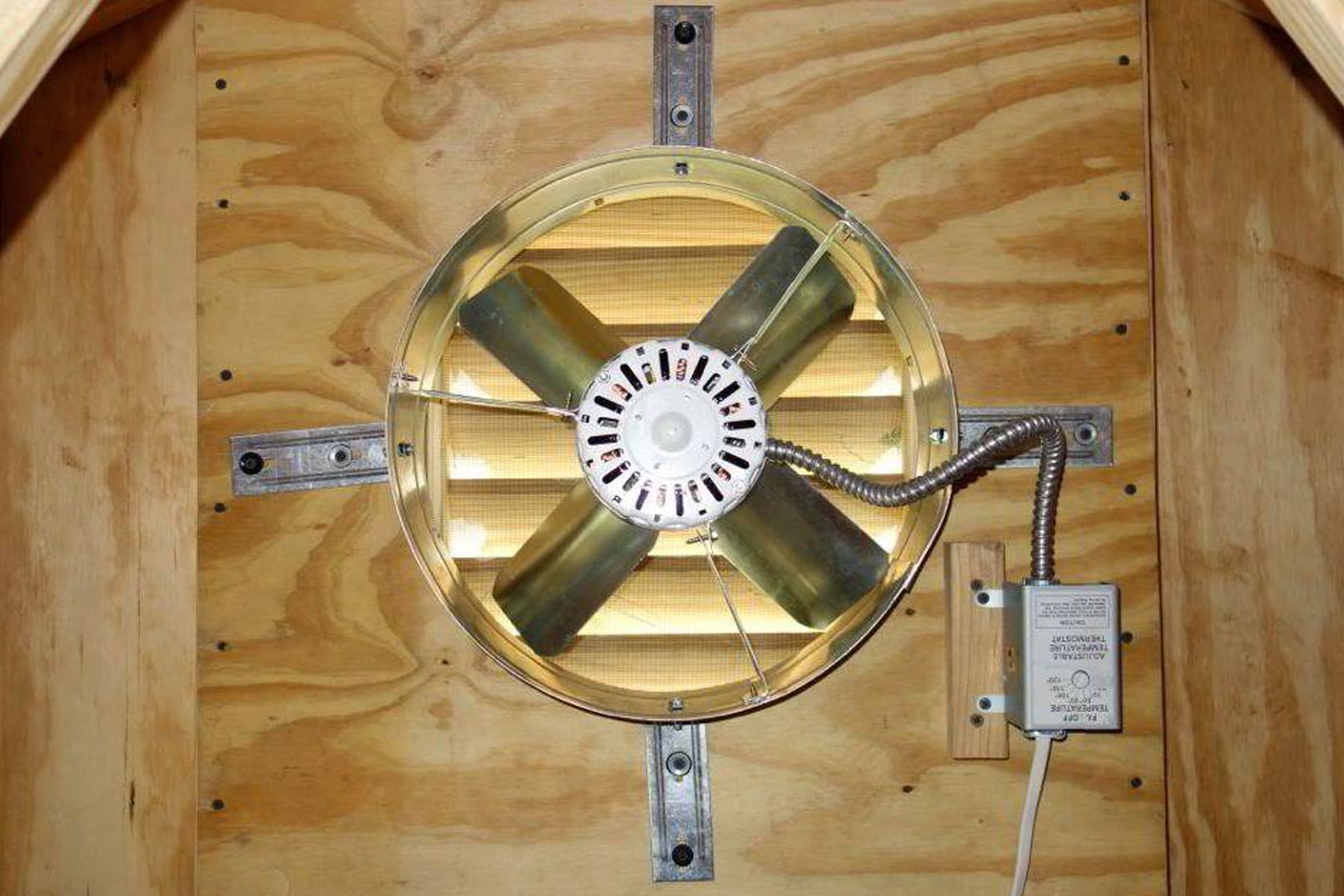
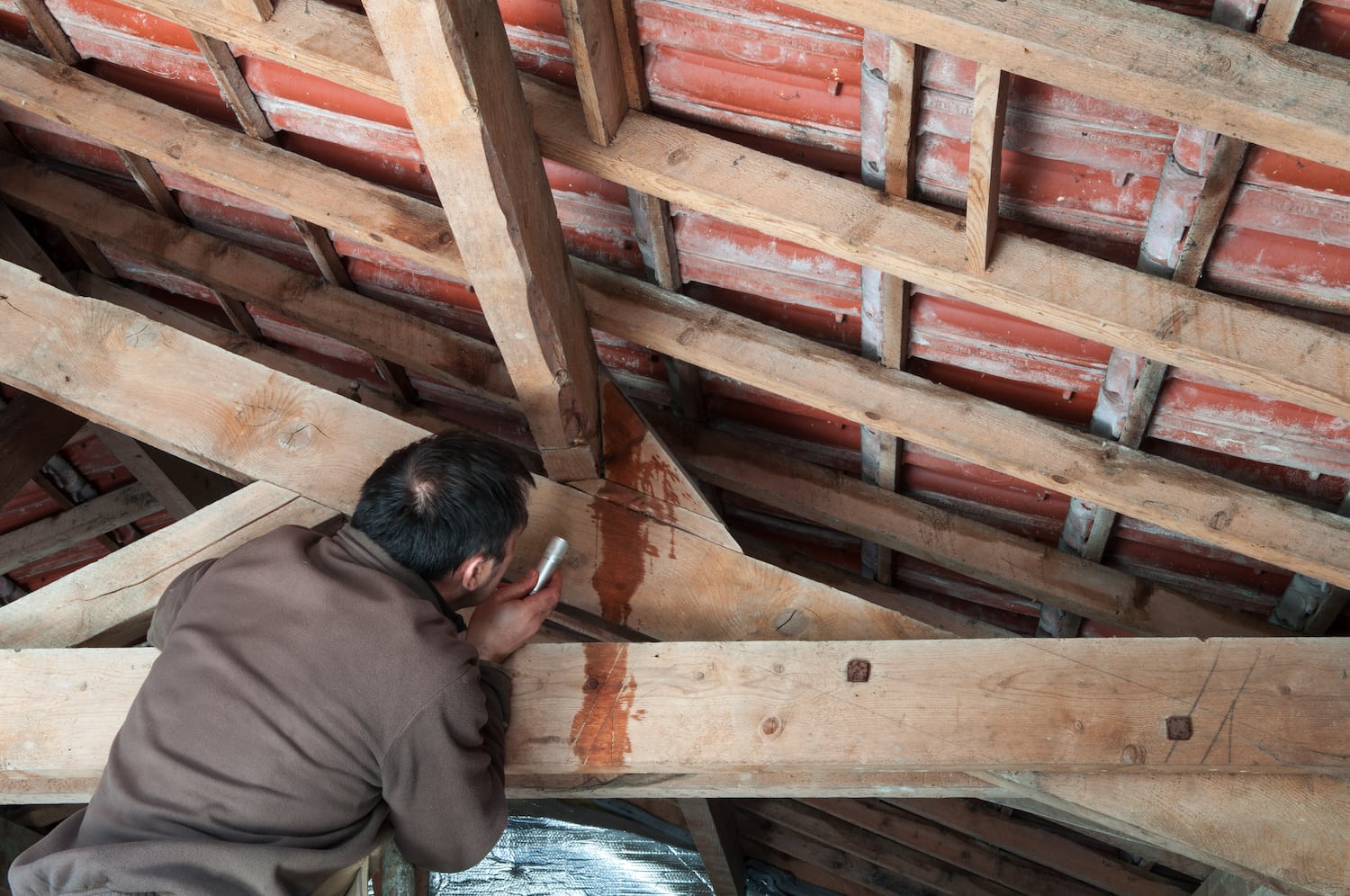
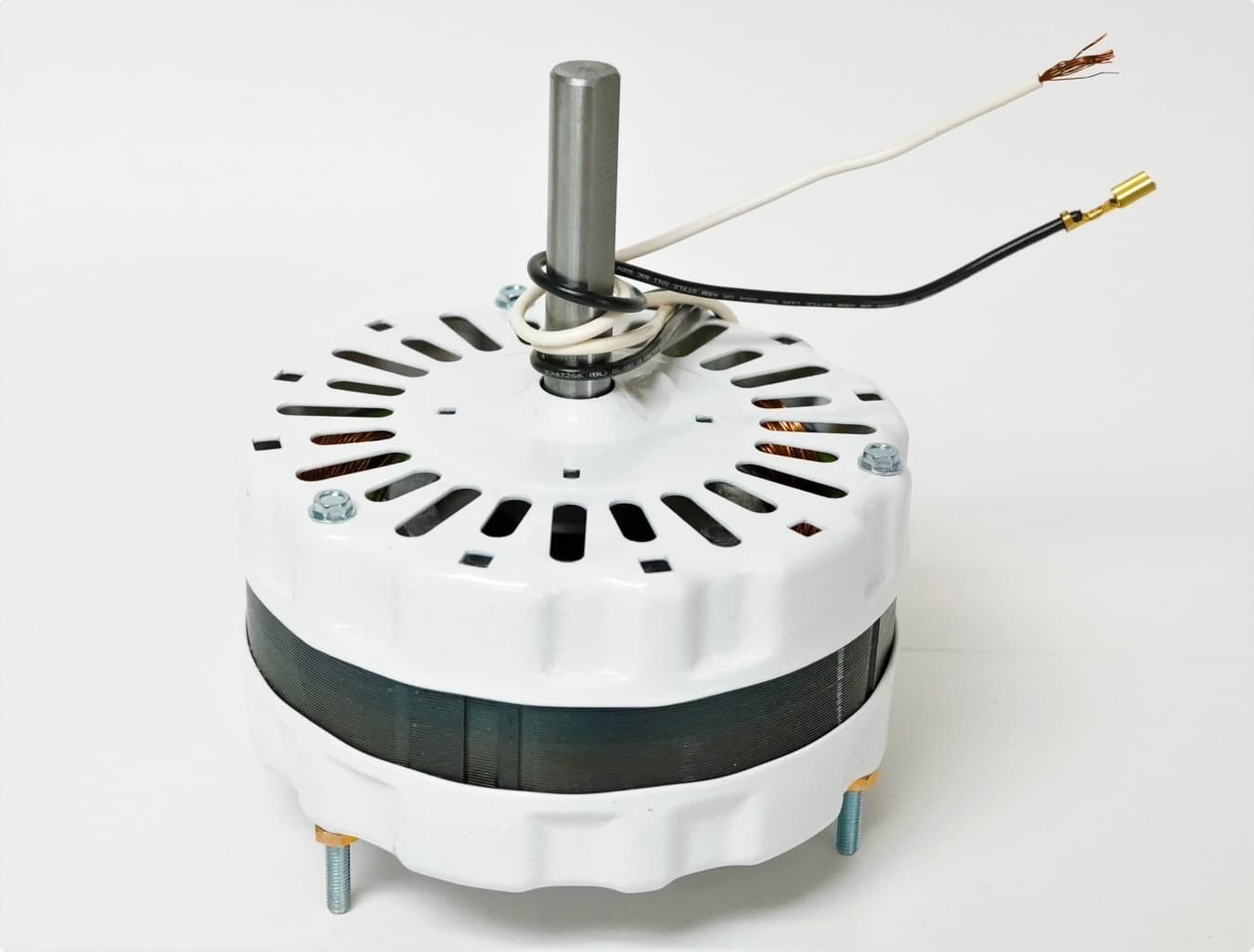
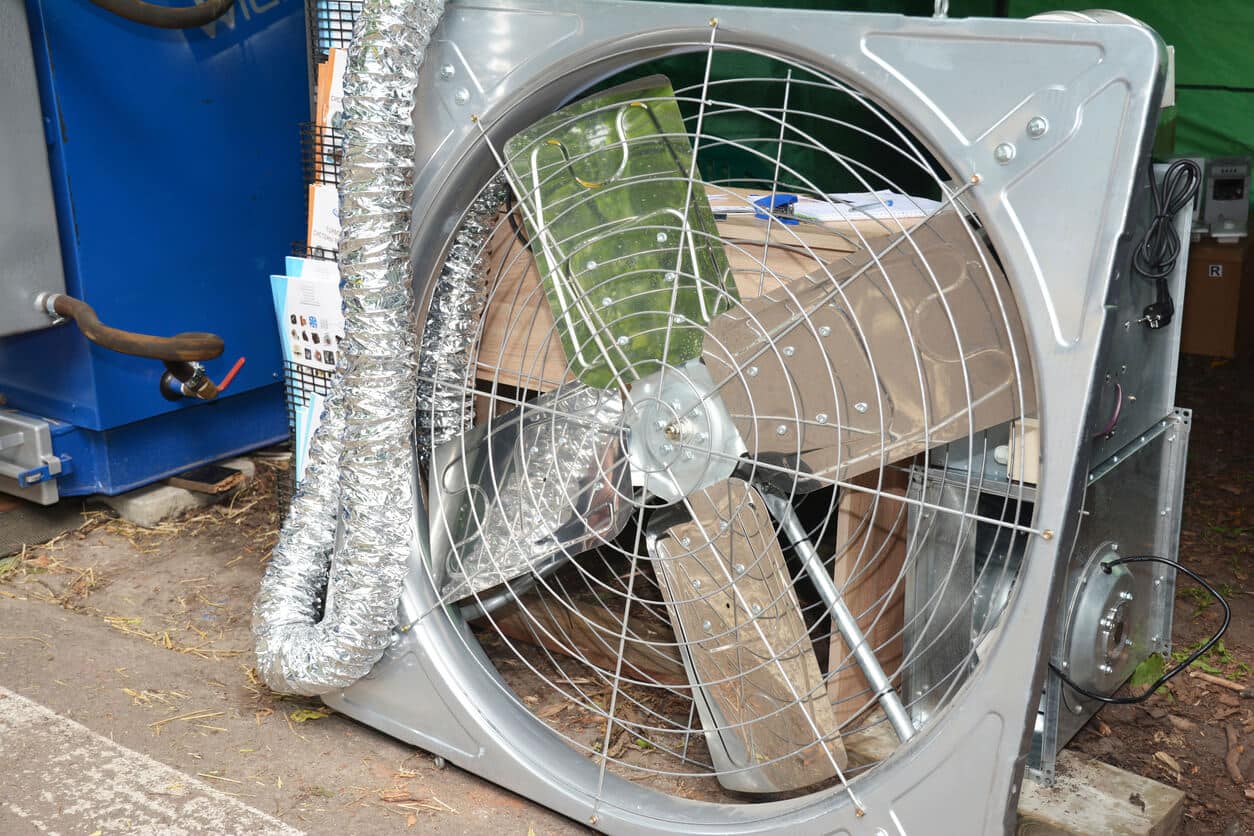
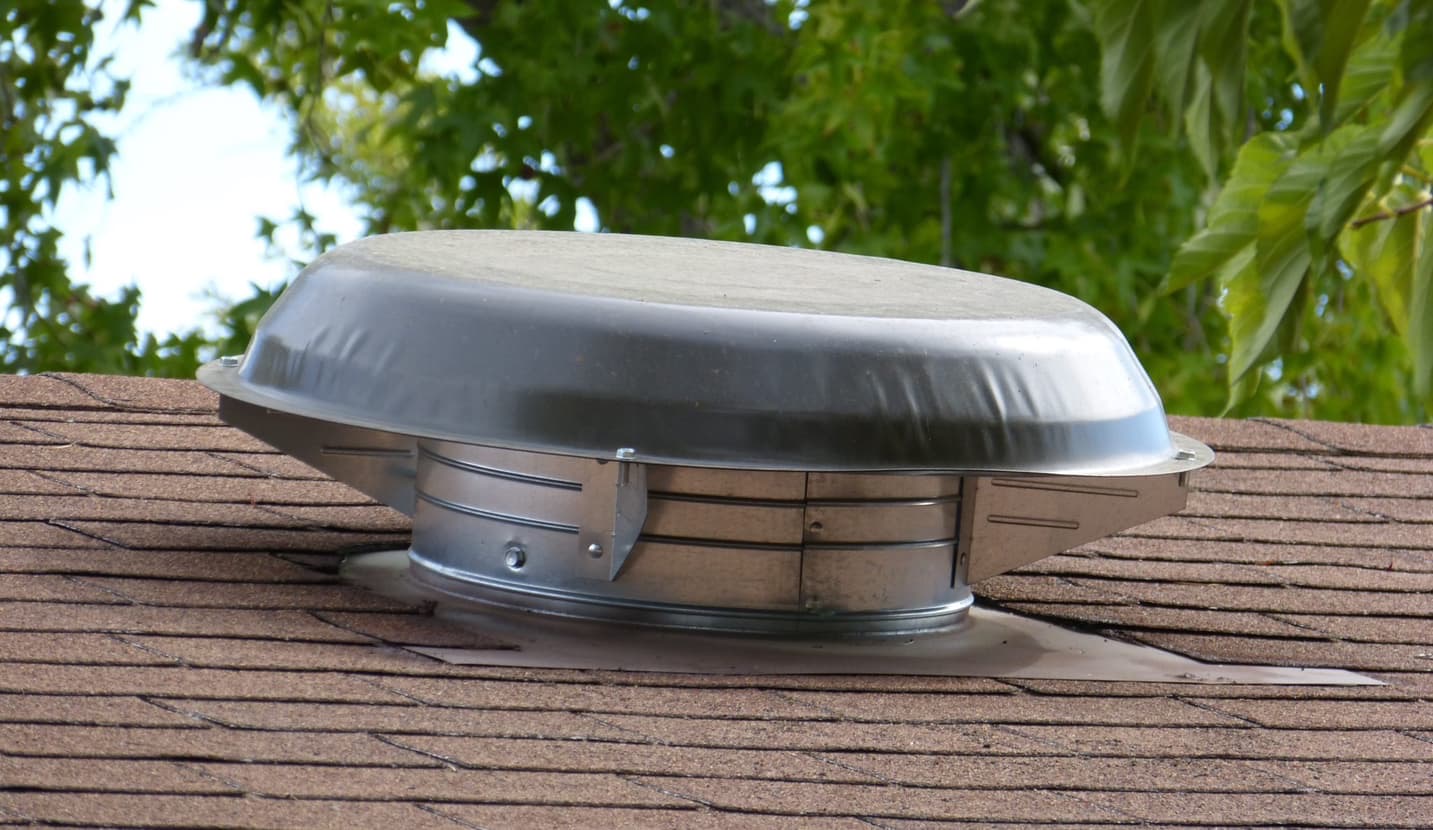
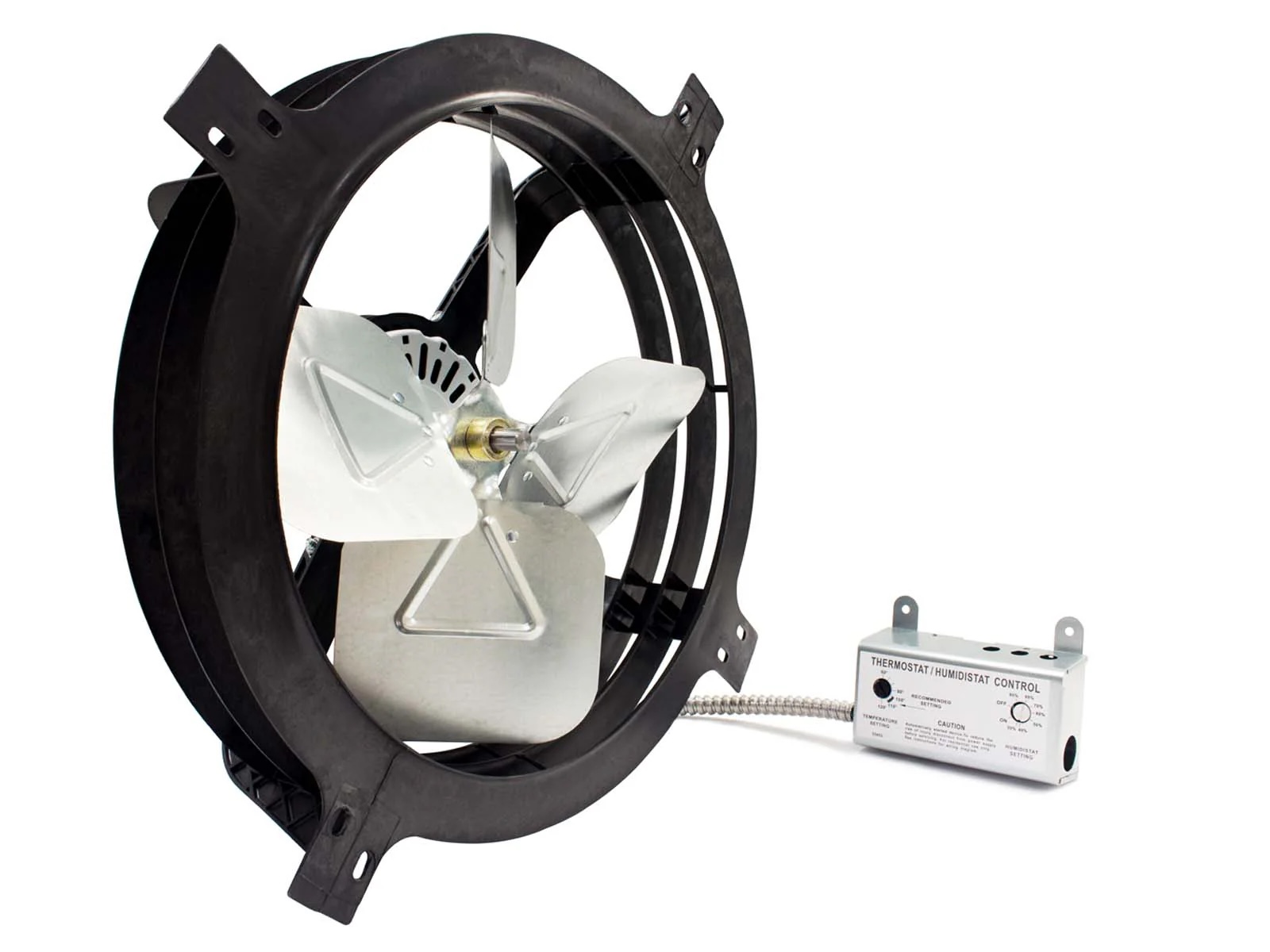
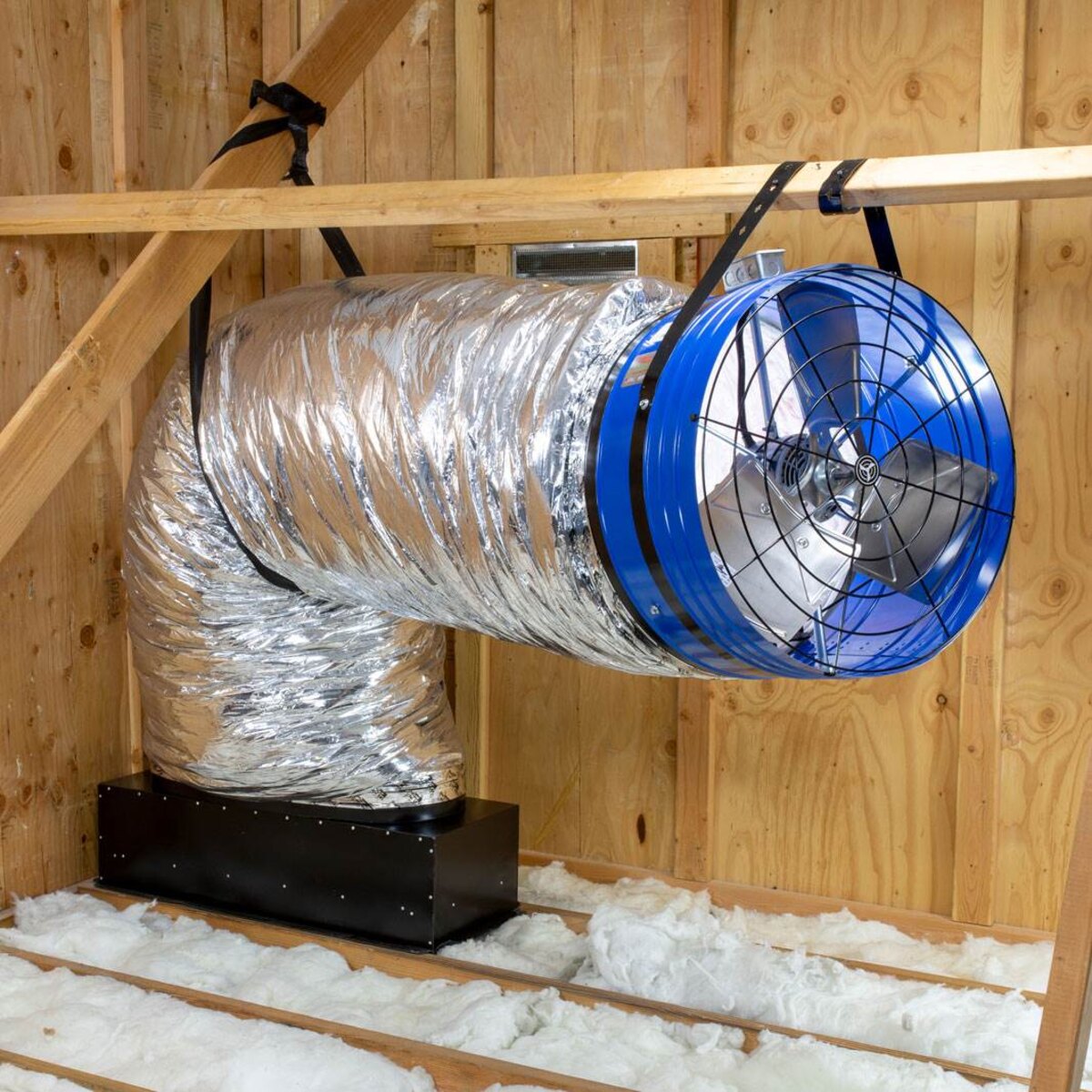
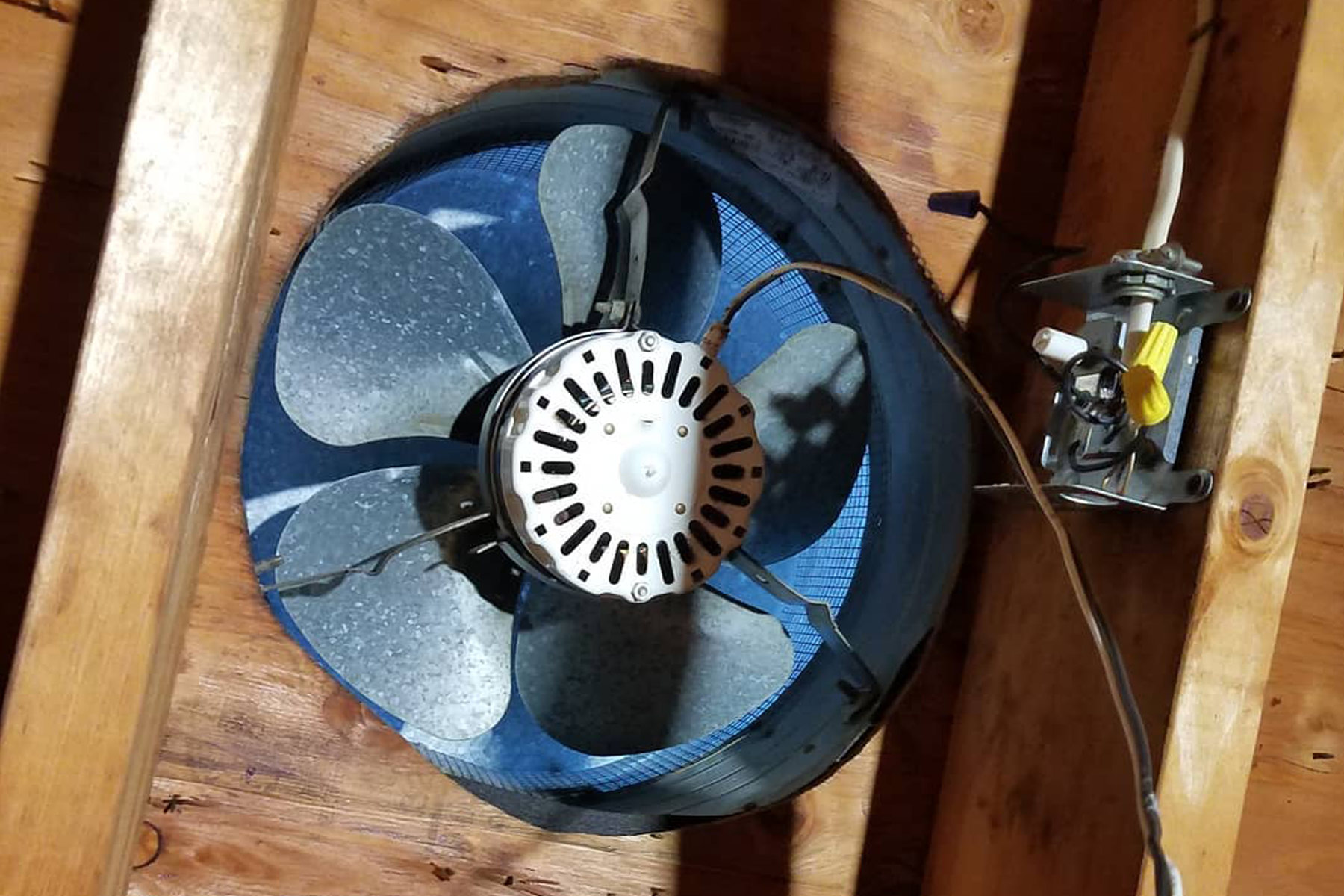
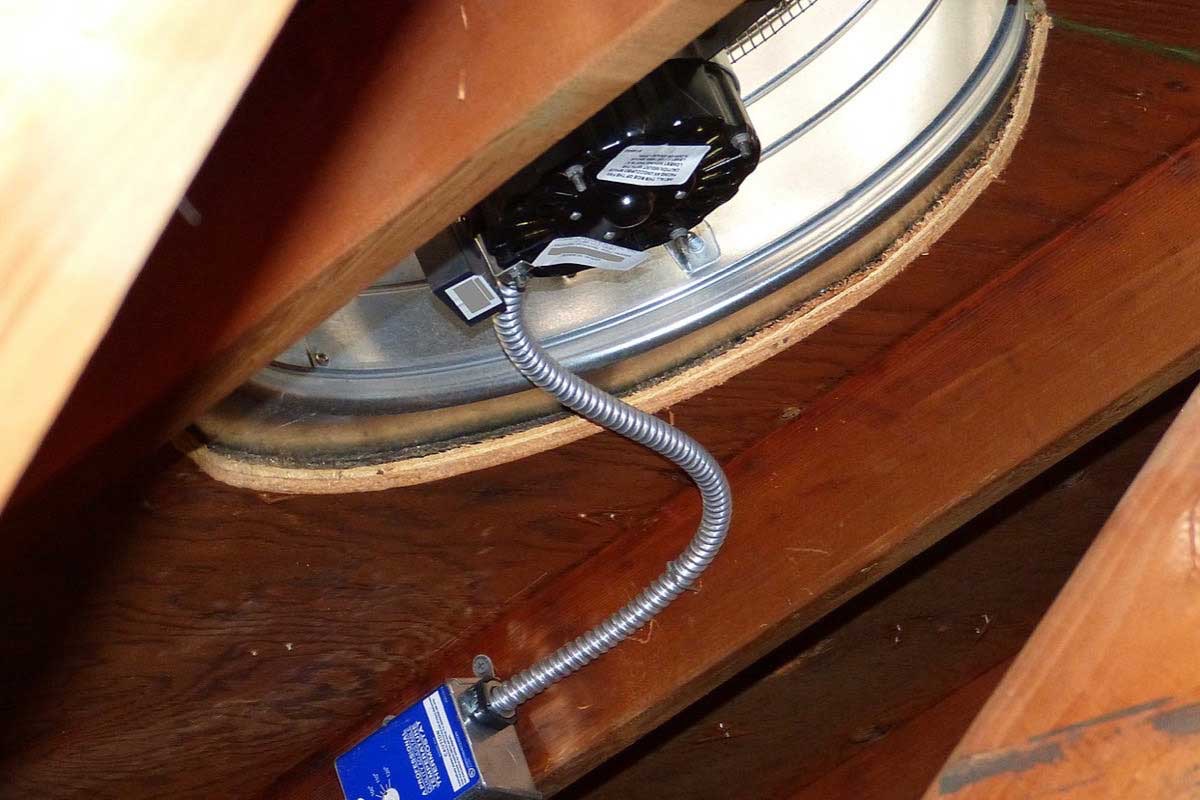
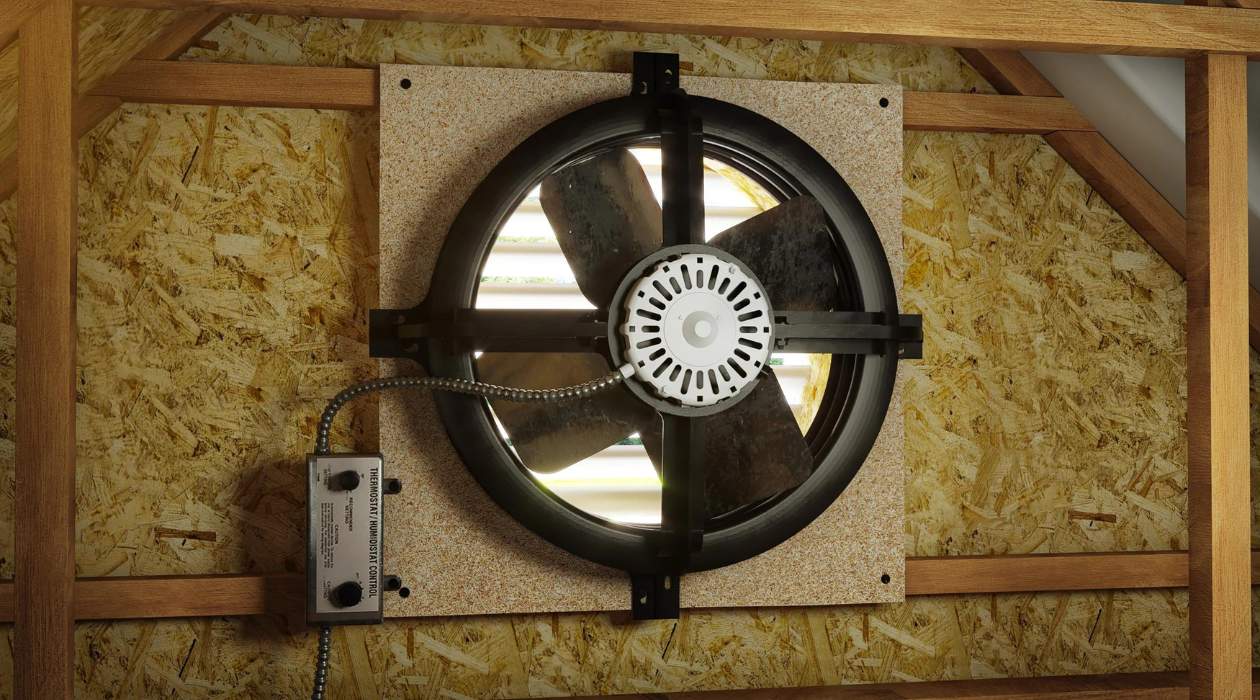
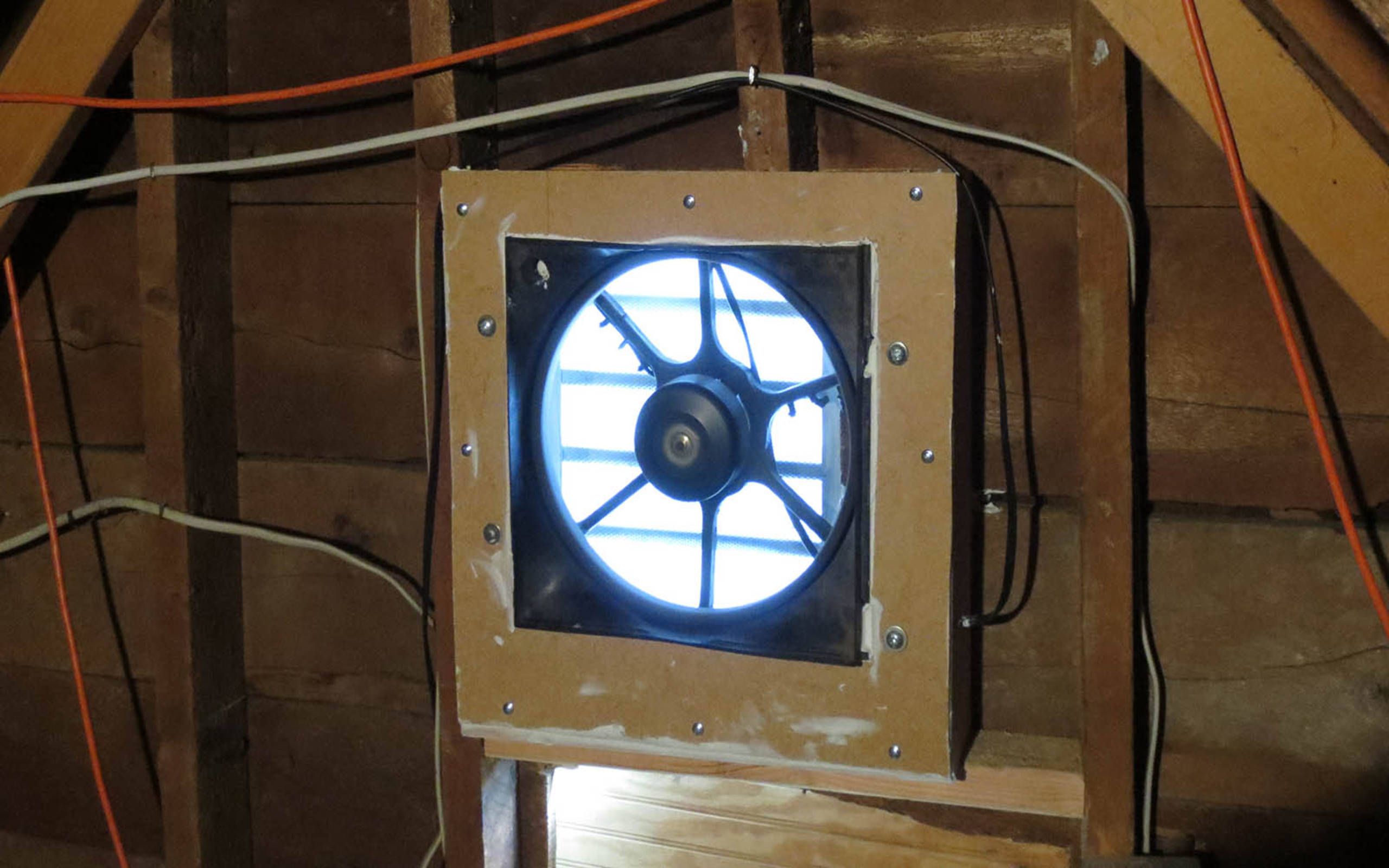
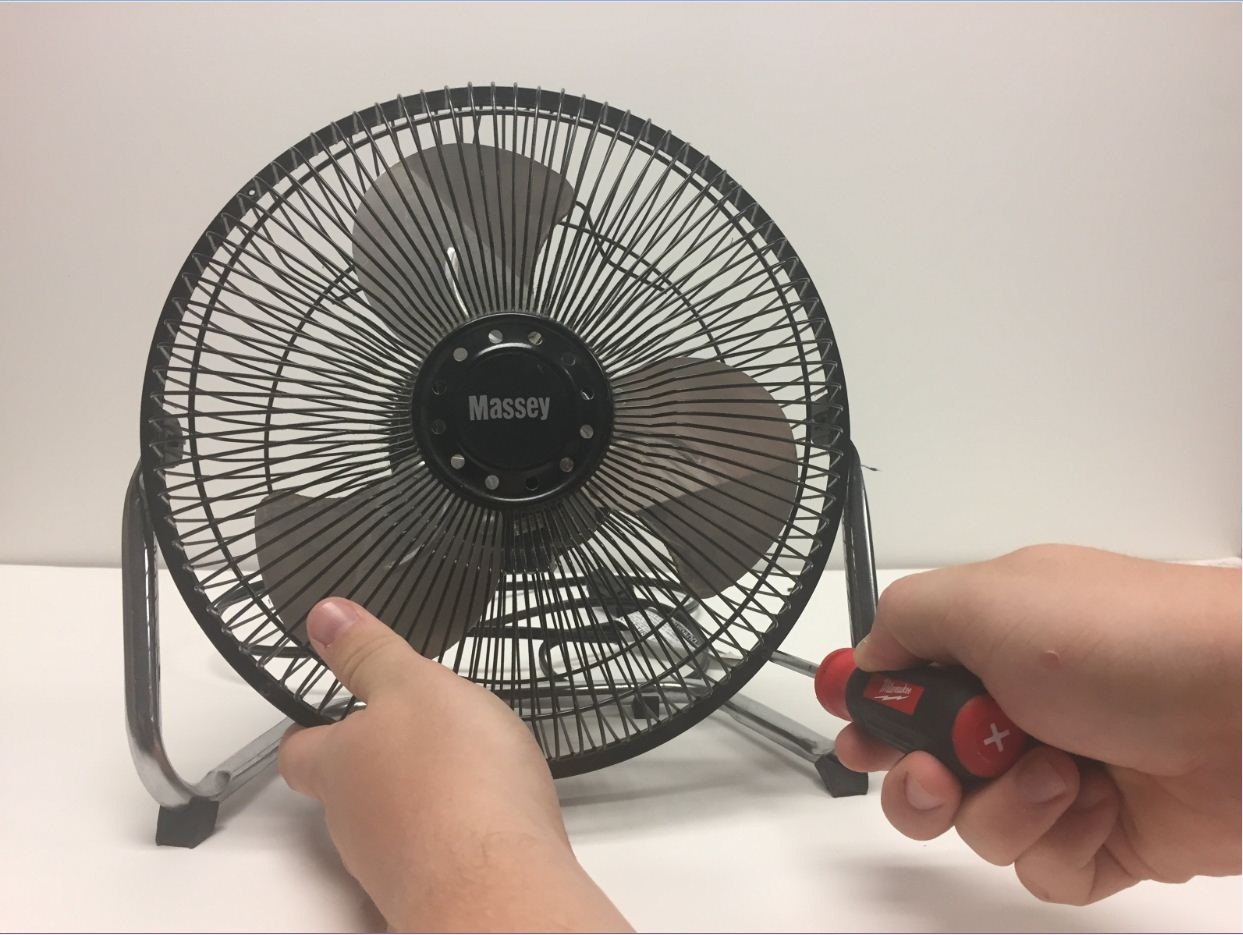
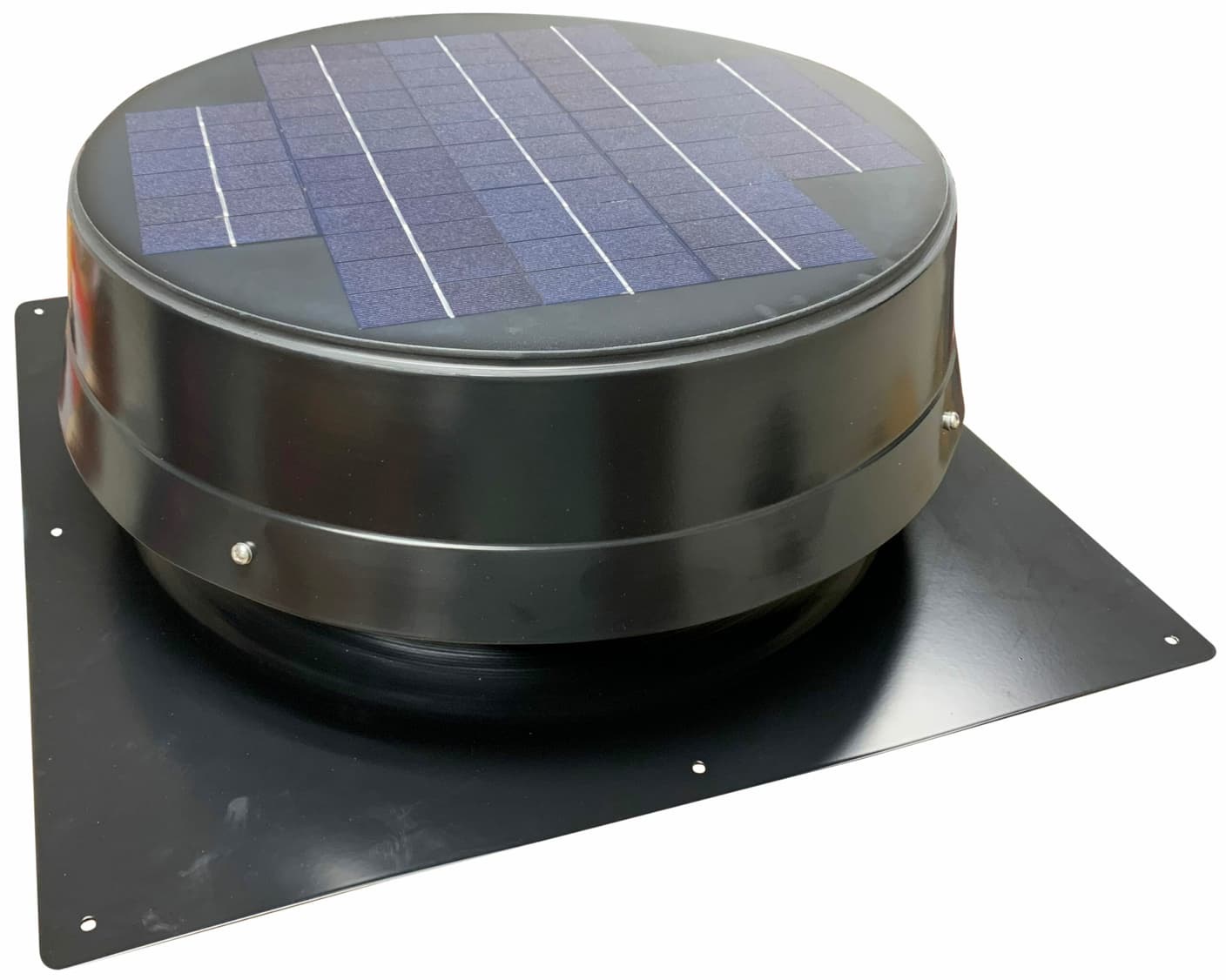

0 thoughts on “How To Fix An Attic Fan”